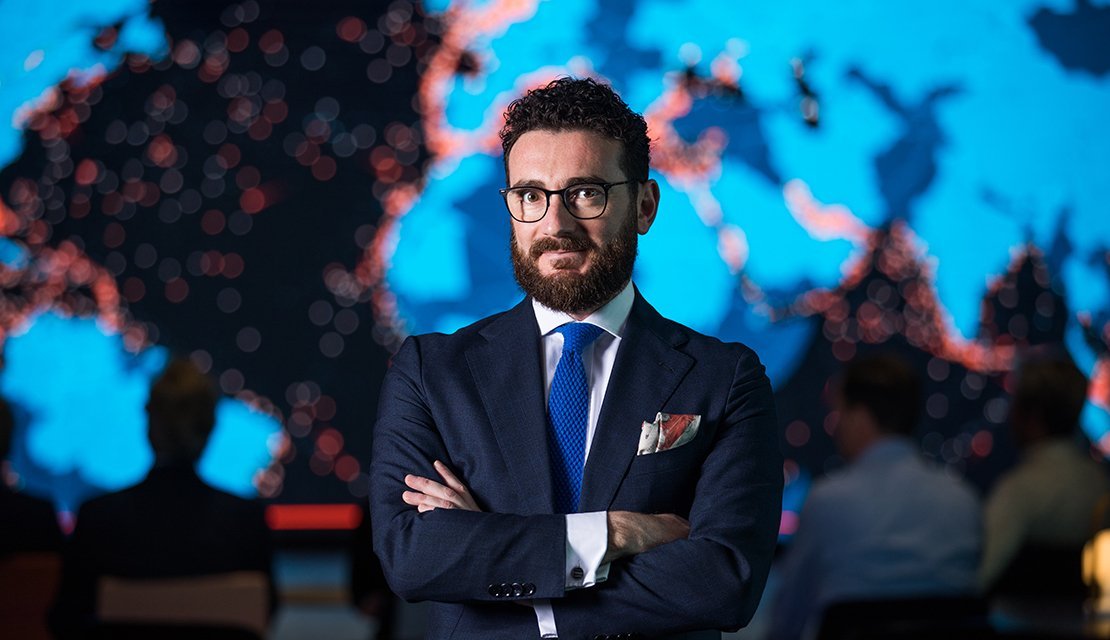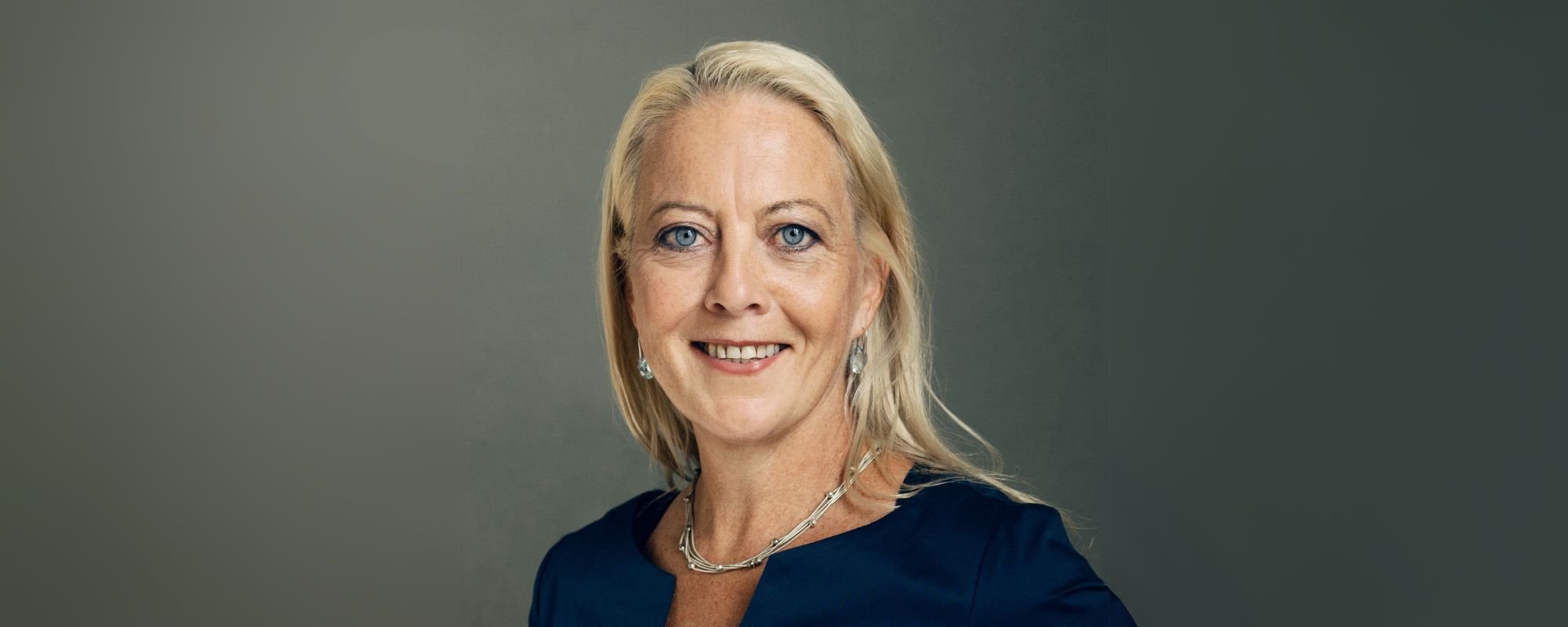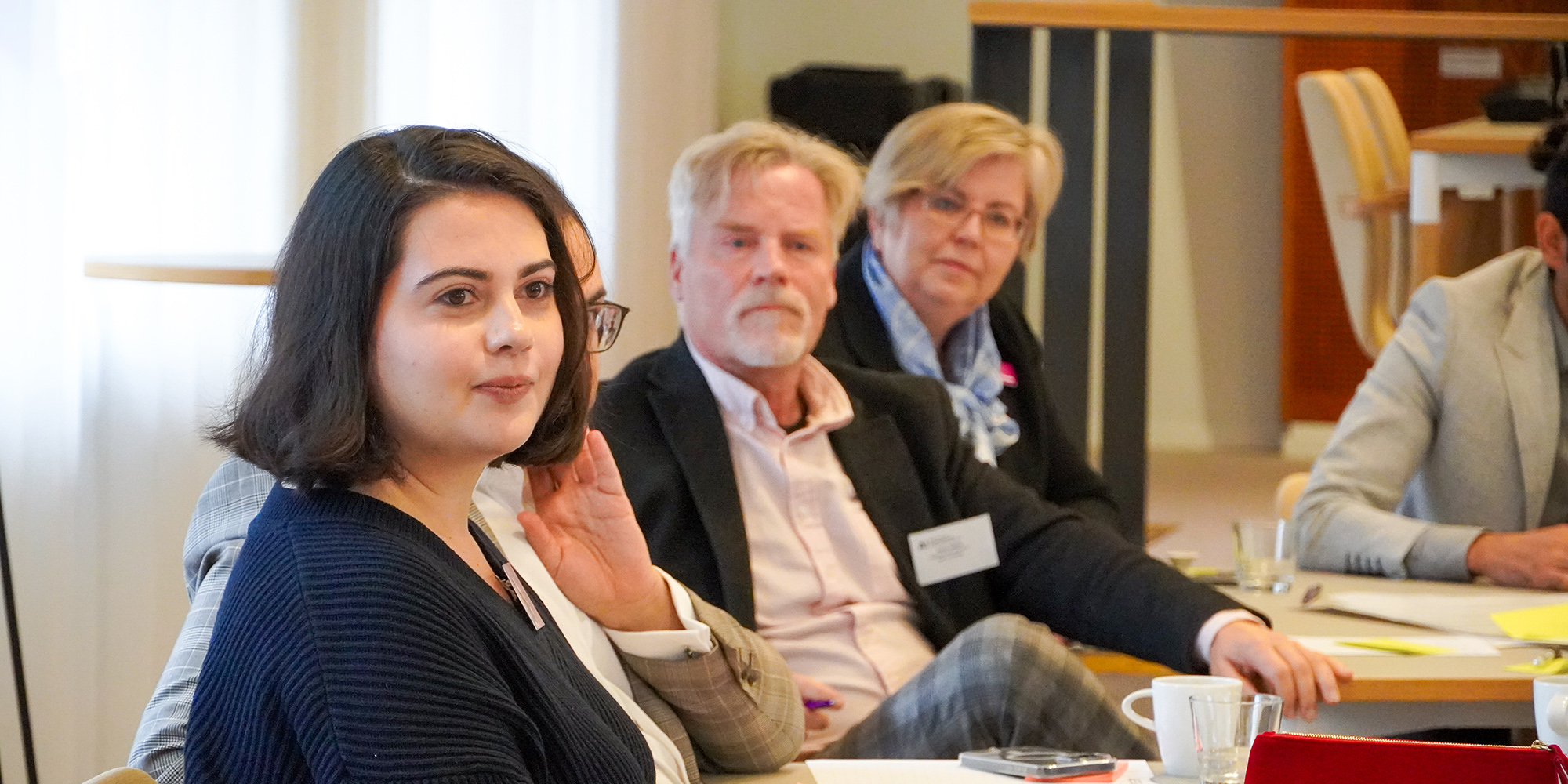A couple of hundred years ago, the industrial revolution launched a process of change that has since kept accelerating. With digitalization, the rate of change for various technologies and operations has been exponential.
Still, one thing has not really changed much, says Domenico Dargenio, Director of Digital Transformation at Wärtsilä and Senior Advisor for Aalto University Executive Education: the organization of businesses.
“The current hierarchical organization model has its origins in ancient armies and a time in which the world was considerably more simple and slower than today. We are now testing the sustainability of these models; our organizational structures were not designed for the rate of change, complexity, and the challenges of the modern world that businesses today struggle with”, Dargenio says.
“We can’t expect them to serve their purpose anymore.”
More than just technology
Digitalization touches all industries in one way or another. Its effect is visible on all levels of business, from customer acquisition to product development, distribution, after-sale services and the development of operational efficiency.
Certain issues in particular have underlined the need for change.
Customer centricity is becoming the central of business."
One of them is customer centricity, which, according to Dargenio, is becoming the central of business. Its growth has also lifted other methods such as design thinking and service design into focus.
Another issue — often the first to be connected with digitalization — involves data, technologies, and ways of working.
“It is not only about technologies but about producing new types of value to the customer in new ways and a lot faster than before”, Dargenio says.
The third key factor involves people in organizations.
“How do you engage them and help them take an active role and become the driving force for transformation? In a rapidly changing operational environment, how do you support their competence as individuals and as employees of a business that has expectations about its employees’ competence?” he asks.
Servant, change manager, entrepreneur, and architect
Dargenio believes that the role of future leaders and managers is to understand the challenges described above and to help the people of their organizations take their first steps towards transformation. He thinks it is possible for genuine, powerful role models.
“Determining the skills of a future leadership is complex, as complex as determining the world in which businesses will operate. A leader must be a servant, change manager, entrepreneur, and an architect all at the same time. And the list does not necessarily end here, Dargenio says.
“So, unless you believe in unicorns, it’s going be a mission impossible to have all of these leadership traits in one person. Therefore, we need to accept the fact that a model for more distributed leadership is absolutely necessary to thrive in the future.”
Time to take a look in the mirror
What kind of businesses thrive in periods of change, and what can we learn from them?
“I don’t want to oversimplify, but it is actually quite simple. If you want to increase customer centricity in your company, you need to make sure that everyone in your organization understands what it means in practice”, Dargenio says, and he gives another example:
Industry 5.0 requires completely new forms of collaboration among businesses.”
“If, on the other hand, you want to use data, technologies, or new modes of operation, what are you doing to that end? Do the people in your organization have real opportunities to leverage data? How are the everyday operations reformed?”
Dargenio underlines that while people play the central role in future businesses, leaders and managers should be able to see beyond the boundaries of their organizations.
“We are now talking about Industry 4.0, but in reality, we are already working for Industry 5.0 and networking ecosystems. The difference between these two is that 5.0 requires completely new forms of collaboration among businesses.”
Close to the wind at Wärtsilä
Dargenio has worked for Wärtsilä for 13 years, and he has personally experienced the effects of digitalization. He says that Wärtsilä has decided to sail close to the winds of change.
“We realised that if we want to succeed as a smart technology company, we need to develop our culture into a smart technology culture. We first defined what it requires and then chose five dimensions to promote.
“They are People First, Customer Centricity, Together, A Smart-Tech-Mindset — that is, the development of data, technology, and new modes of operation — and Open Innovation. We have created content and learning paths for all five dimensions to help the members of the organization to understand change and to assume an active role in creating a smart technology culture at Wärtsilä.
“It is crucial to understand that it is not easy for all. Some are afraid of losing their jobs to digitalization; some are looking far into the future with confidence. There is no right solution to balancing between these two extremes.”
Domenico Dargenio shares his three top tips for leading digitalization on the video below.
Aalto EE's digitalization programs will deepen participants' understanding of the different aspects of digitalization on the eve of the emerging artificial intelligence era, and provide the basis for competitiveness in the near future. Read more about our digitalization programs. We also assist you in developing and carrying out strategic transformation with our customized solutions.





















